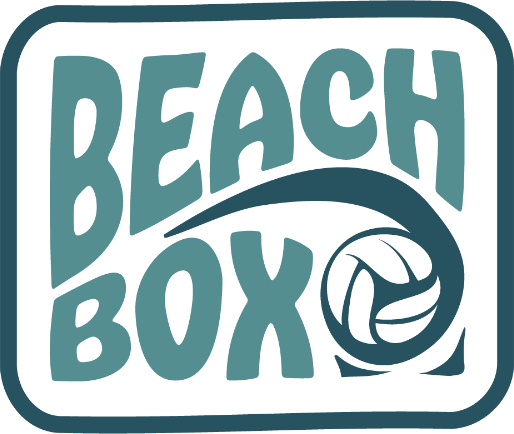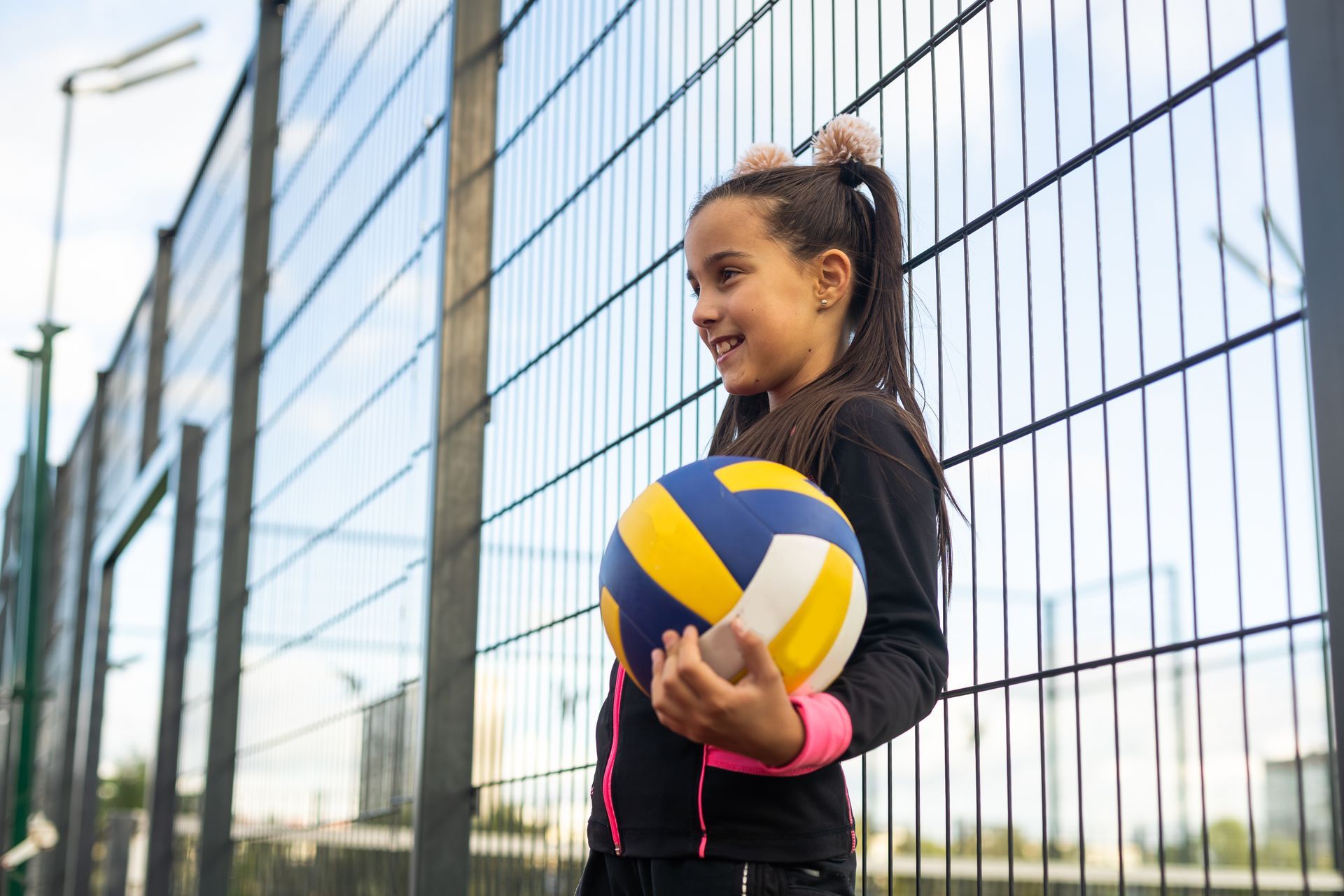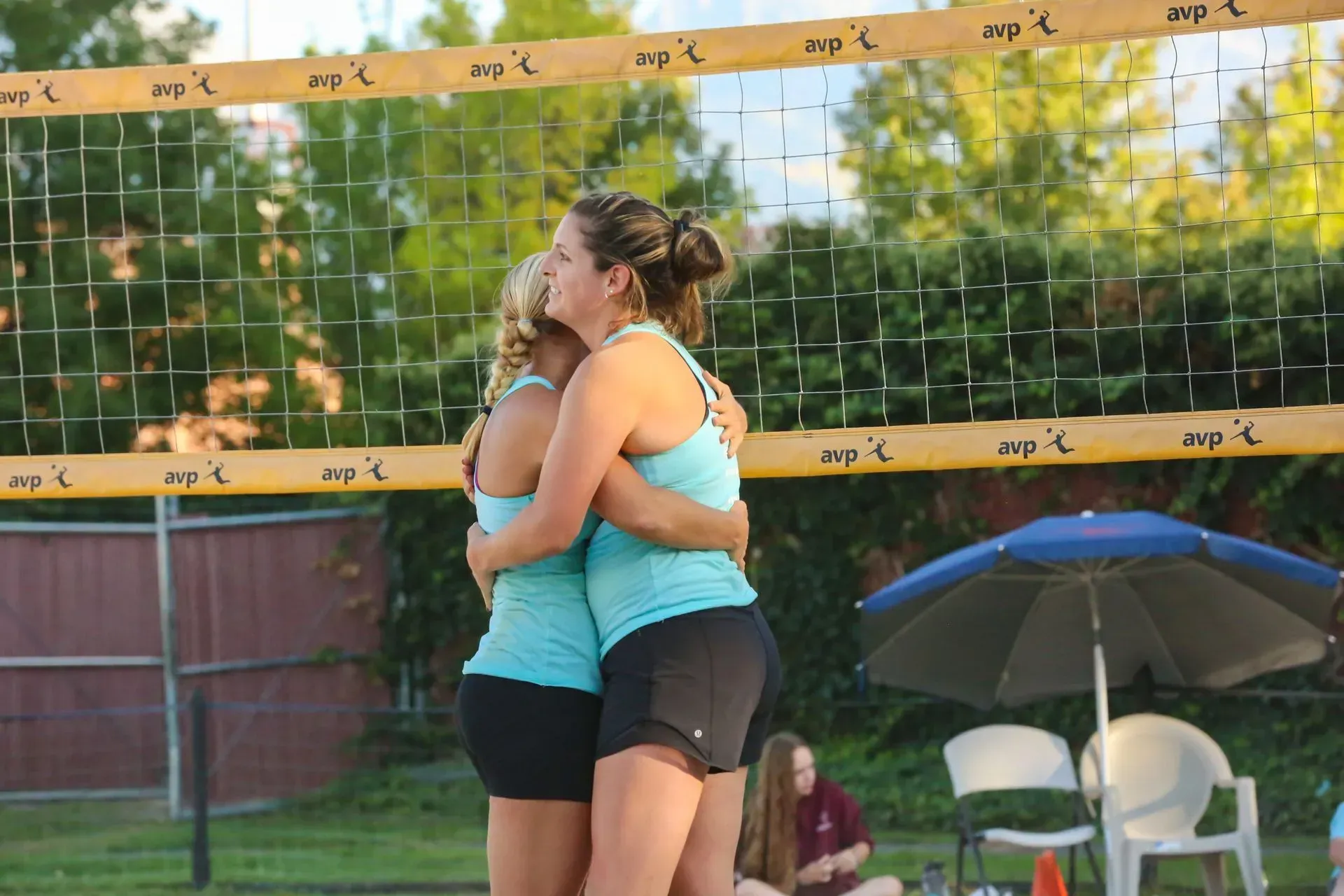Beach Volleyball Rules Different from Indoor: A Beginner’s Guide
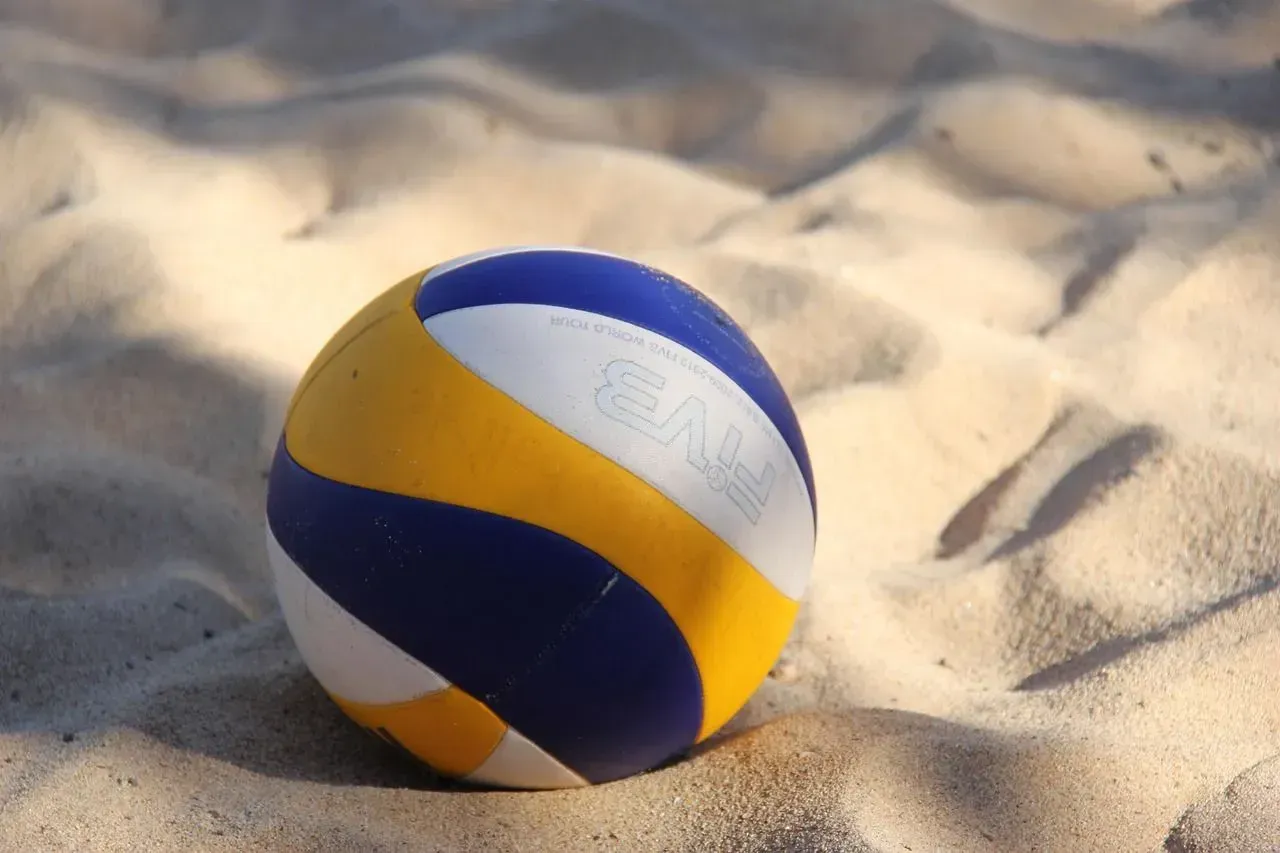
If you’ve ever played volleyball on the sand and thought, “Wait, that’s not how we did it in the gym,” you’re not alone. While both beach and indoor volleyball share the same DNA, their rulebooks are surprisingly different. From scoring systems to player positions, the beach volleyball rules different from indoor games can throw off even experienced players the first time they trade sneakers for bare feet.
But don’t worry—this guide breaks it all down in a fun, easy-to-understand way. Whether you’re a first-timer trying indoor beach volleyball at Beach Box or a seasoned indoor player ready to hit the sand, this beginner’s guide will help you understand the ins and outs of beach volleyball rules so you can jump into your next game with confidence.
Understanding the Basics: What Makes Beach Volleyball Unique
Let’s start with the biggest difference—you’re playing on sand, not hardwood. That alone changes how the game feels, looks, and flows. But there’s more to it than just a softer landing.
1. Team Size
- Beach Volleyball: Two players per team.
- Indoor Volleyball: Six players per team.
In beach volleyball, there are no backups, no substitutions, and no hiding behind your teammates. You and your partner have to do it all—serve, pass, set, spike, and defend. It’s like a survival challenge, only with a volleyball.
2. Court Size
- Beach Volleyball: 16m x 8m (smaller).
- Indoor Volleyball: 18m x 9m (larger).
The smaller court size makes sense since you only have two players covering all that ground. But don’t let that fool you—running and diving in sand adds a whole new level of intensity.
3. Surface and Movement
Moving on sand takes effort. You’ll jump lower, move slower, and sweat more. It’s like doing cardio and strength training at the same time. But that’s what makes it fun and rewarding—you get stronger with every game.
Rule #1: The Scoring System
One of the first things beginners notice is that the beach volleyball rules different from indoor start right at the scoreboard.
- Beach Volleyball: Matches are best of three sets. The first two sets go to 21 points, and if needed, a third set goes to 15. Teams must win by two points.
- Indoor Volleyball: Matches are best of five sets, each going to 25 points, except the fifth which goes to 15.
In both versions, you score a point every time a rally is won—called rally scoring. But beach volleyball matches tend to move faster because of the smaller teams and shorter sets.
Here’s a quick tip: If you’re playing on a windy day, always switch sides after every seven points. This keeps things fair since wind and sun can impact play.
Rule #2: No Specialized Positions
This is where things start to feel really different. In indoor volleyball, you have positions—setter, hitter, libero, middle blocker, and so on. But in beach volleyball, positions don’t exist. Everyone does everything.
You serve, you pass, you spike, you block—it’s a two-person show. That means teamwork and communication are absolutely critical.
Pro tip: Always talk to your partner. Calling “mine” or “yours” can save you from those awkward moments when both of you dive for the ball and it lands right in between.
Rule #3: The Set and Attack Rules
The rules for setting and attacking in beach volleyball are much stricter than in indoor play.
Setting Rules:
- Beach volleyball refs are picky about hand sets. The ball must come out clean—no spinning or double contacts.
- Wind can make it harder to control the ball, so many players prefer to bump set (use their forearms) instead of hand setting.
Attack Rules:
- Open-handed tips are not allowed. Players must use their knuckles, fists, or the palm to push or roll the ball over the net.
- Attacks must be clean and controlled—no throwing or lifting.
If you’re used to the relaxed setting standards of indoor volleyball, the beach version can feel harsh at first. But once you get the hang of it, you’ll appreciate how clean and technical the game becomes.
Rule #4: The Serve and Block
Serving and blocking follow slightly different rules too.
Serving Rules:
- You can serve from anywhere behind the end line.
- The ball can graze the net on a serve, as long as it goes over.
- Most players use jump serves or float serves to control the ball against wind resistance.
Blocking Rules:
- In beach volleyball, a block counts as one of your team’s three touches. So if you block the ball and it comes back, that counts as the first touch.
- After a block, your partner can only make two more touches before sending it over.
Blocking in sand takes timing and good instincts, especially since you can’t rely on a full front line like you can in indoor volleyball.
Rule #5: Rotation and Serving Order
Indoor volleyball has rotations and positions that keep things organized. Beach volleyball skips all that.
- There’s no fixed rotation—you just alternate serves between the two players.
- You can stand anywhere on your side of the court as long as you stay behind the end line when serving.
This makes the game more fluid and spontaneous. Players can adjust their positions depending on the opponent’s serve, the wind direction, or personal comfort.
Rule #6: Environmental Challenges
- Here’s something indoor players rarely deal with—Mother Nature.
- Wind: It can completely change the direction of the ball midair.
- Sun: Playing while staring into the sun is its own skill.
- Temperature: Hot sand can be brutal on your feet, and cold sand can make your legs feel like lead.
Indoor volleyball doesn’t have those factors, but that’s what makes beach volleyball exciting—it’s unpredictable and requires adaptability.
Get Started with Indoor Beach Volleyball Training in Pleasant Grove, UT
Elevate Your Game at Beach Box
Ready to serve, spike, and dive into the world of beach volleyball? Call Beach Box today at (262) 422-5951 to learn more about our professional training and classes for indoor beach volleyball in Pleasant Grove, UT. Our coaches will help you master the rules, improve your technique, and gain confidence on the sand.
Along with training and classes, we also offer memberships, tournaments and leagues, events and parties, and clinics and camps. Whether you’re a beginner looking to learn or a competitor ready to dominate, Beach Box has a program designed for you. Join our community and discover why players all across Utah are choosing Beach Box as their go-to destination for volleyball fun and fitness.
Frequently Asked Questions (FAQs)
Why are beach volleyball rules stricter than indoor?
Because beach volleyball has fewer players and environmental factors like wind and sun, the rules are designed to ensure fair and clean play.
Can I use open-hand tips in beach volleyball?
No. Players must use knuckles, palms, or closed fists to send soft shots over the net. Open-hand tips are not allowed.
Do beach volleyball players switch sides during the match?
Yes. Teams switch sides after every seven points to keep the game fair and account for wind and sun differences.
Is blocking the same in indoor and beach volleyball?
Not quite. In beach volleyball, a block counts as one of your team’s three touches. In indoor, it doesn’t.
Is indoor beach volleyball good for beginners?
Absolutely! It’s a great way to learn the fundamentals of both sand and indoor play in a controlled, weatherproof environment.
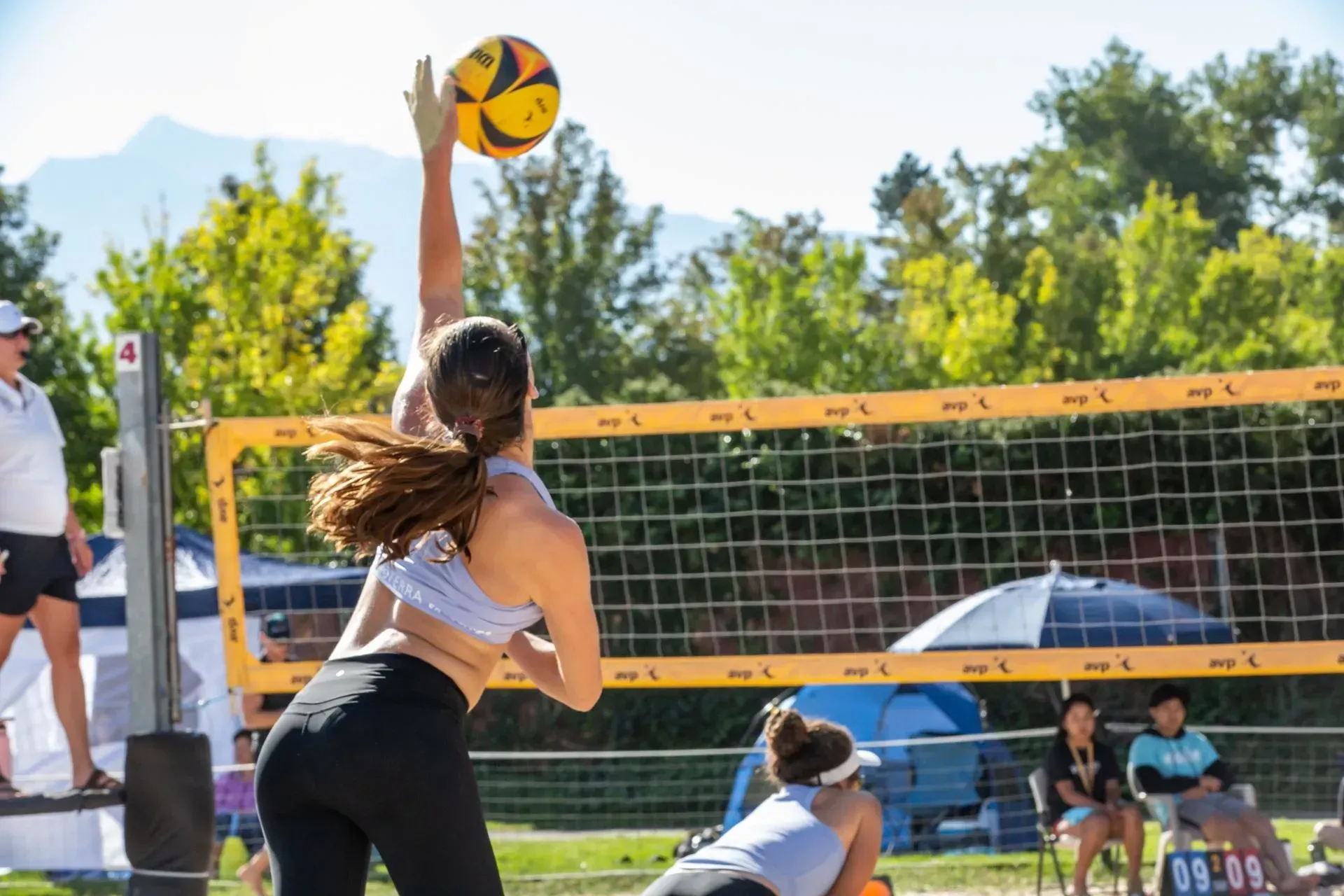
Share this article
